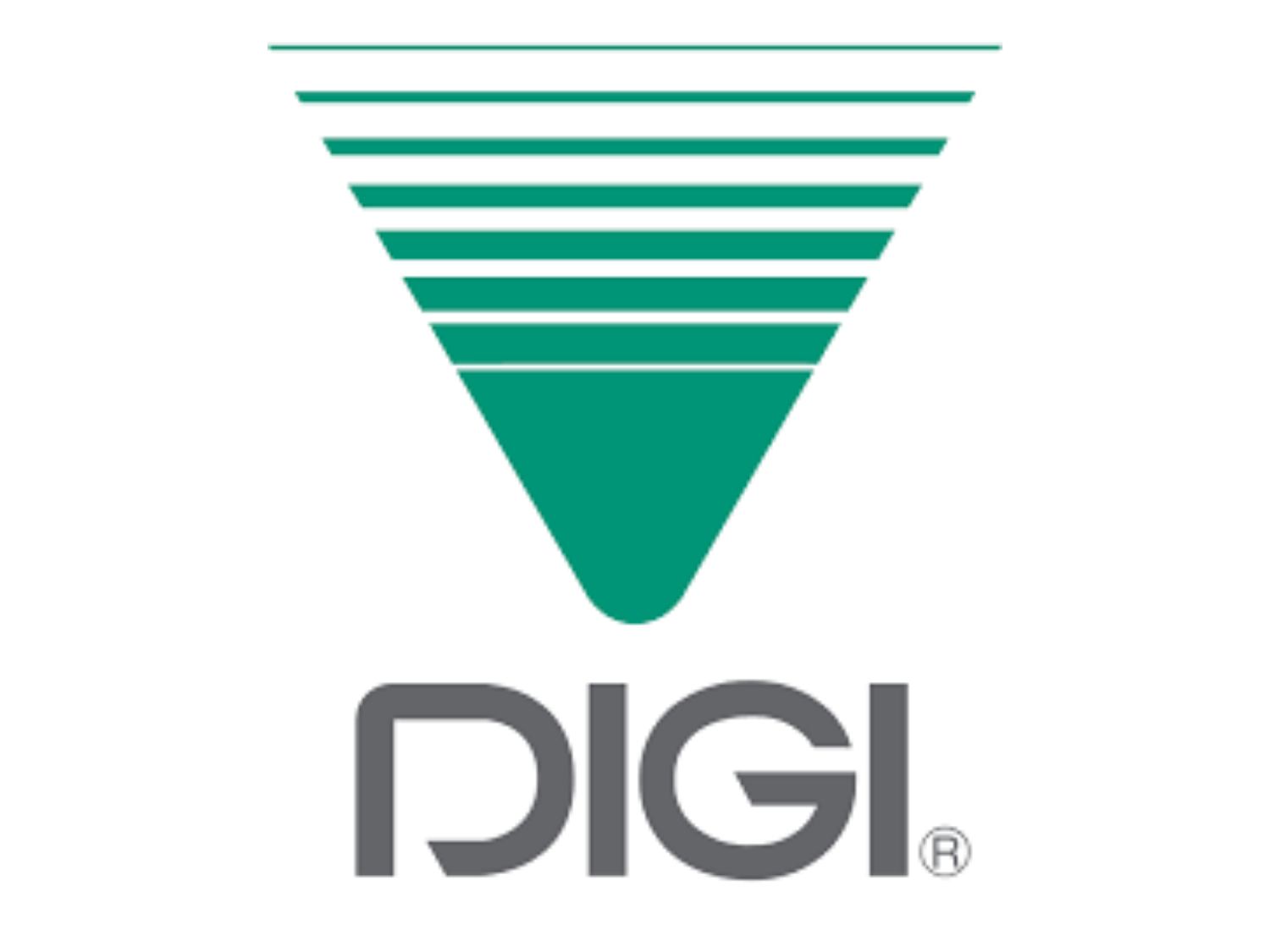
Digi Systems offer Pricing Display Solutions
December 5, 2022
HAI thanks outgoing President and board members as new are welcomed
December 12, 2022Industrial and commercial electricity users are acutely aware of the need for processes and equipment to be energy efficient. However, many don’t know there are other steps they can take to actively help to decarbonise the electricity grid and support security of supply, while earning revenue.
What next after energy efficiency?
Many businesses have already optimised “how much” electricity they use, employing energy efficient equipment, and improving processes to minimise energy usage. In addition to energy efficiency gains, many businesses can also provide services to the power system by shifting usage away from peak times and being flexible about “when” and “where” they use electricity.
Flexibility is an extremely valuable service to the power system as Ireland moves to even higher levels of renewable energy penetration on the grid. Renewable energy sources such as wind and solar are variable, so balancing their output with fast
responding flexible demand at industrial and commercial sites helps to balance the power system.
How can industrial customers play a role?
Demand response aggregators are companies that enable specific electricity loads and assets on customer sites to become part of the power system. They offer an aggregated response from multiple customer sites to provide balancing and stabilisation services to the electricity grid.
Aggregated demand response from hundreds of industrial sites across the country creates a series of “virtual power plants”.
These can be used to deliver the power system services and capacity in the same way as conventional generation, such as gas and coal-fired power stations.
The local actions of individual commercial and industrial electricity customers can have a massively positive impact on our national decarbonisation objectives. They will help to secure electricity supplies by giving flexibility to the power system and providing
essential system services to operate with higher levels of renewables.
Providing power system flexibility
When balancing the grid, reducing electricity consumption has the same effect as increasing generation. It uses the underlying capability of existing customer resources, minimising the need for additional infrastructure.
If your commercial or industrial business has onsite back-up generation or equipment that can have its electricity consumption reduced for brief periods, then demand response could be a viable opportunity for you. Suitable non-critical equipment may
include air conditioning, ventilation, electric heating, water chillers, fans, pumps, refrigeration units and other interruptible loads.
Through demand response, industrial customers can not only contribute to decarbonisation but can earn revenue for providing services to the power system while doing so.
Getting over the “fear factor” and making a real difference
It sounds like an obvious choice for many businesses, but there can be a “fear factor” in doing something that seems quite complex. Demand response is a sophisticated service, but aggregators are experts at assessing the opportunity and partnering with customers to enable participation.
Demand response is a real opportunity to do something that makes a difference in helping Ireland to get additional renewable generation on the power system. Often energy users have already gone through an energy efficiency journey and feel they
have exhausted all avenues, however demand response is a complementary service that can deliver real benefit.
About
The Demand Response Association of Ireland (DRAI) is a trade association that represents companies providing grid services from demand and embedded generation response across hundreds of industrial and commercial customer sites throughout
the island of Ireland.

Siobhan McHugh – Chief Executive Officer, The Demand Response Association of Ireland
Find out more at: https://thedrai.ie/ or www.linkedin.com/company/dra-ireland
This Business Support article featured in the November/December 2022 issue of The Hardware Journal.






